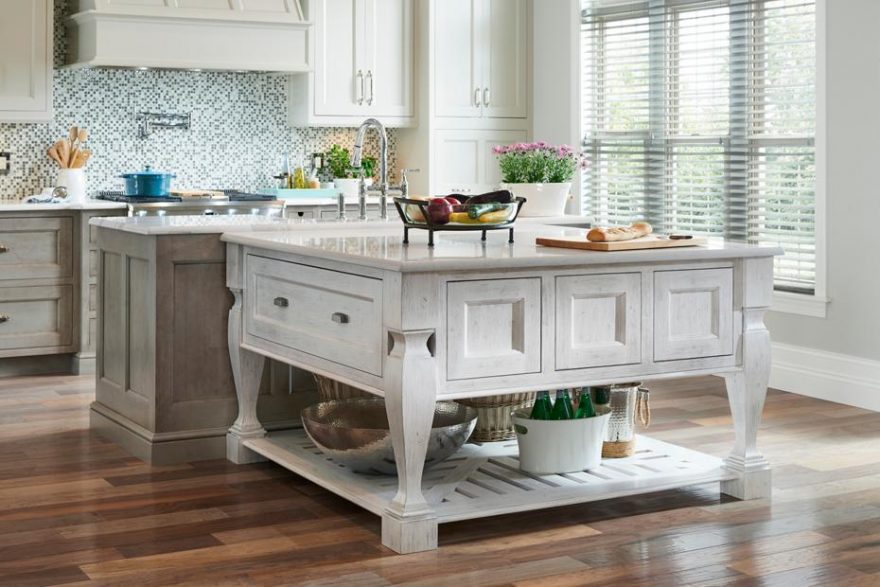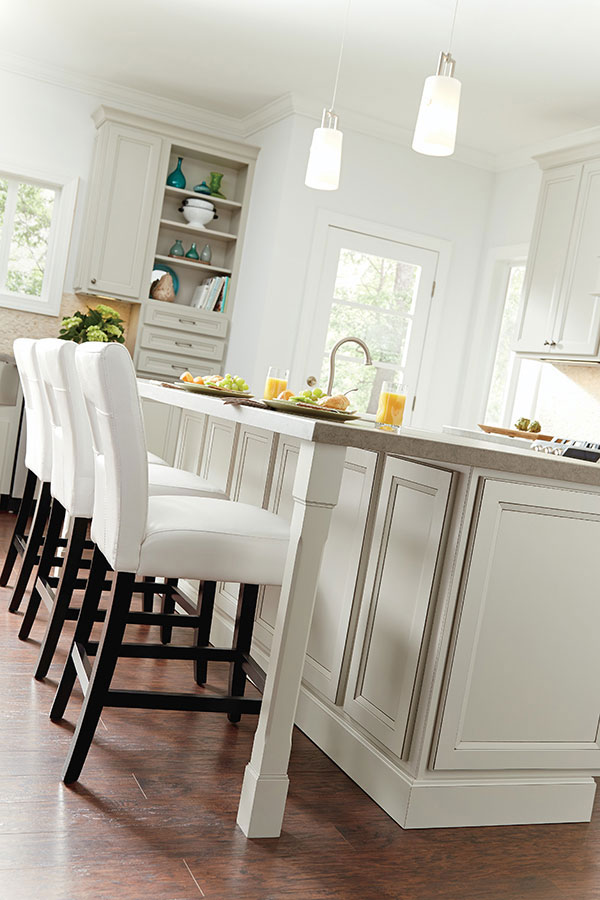Maximize Flexibility with Adjustable Legs For Kitchen Island Functions
Maximize Flexibility with Adjustable Legs For Kitchen Island Functions
Blog Article
A Guide to Selecting the Perfect Legs For Cooking Area Island for Your Home
Picking the excellent legs for your cooking area island is a nuanced choice that influences both the performance and visual charm of this central space. As you take into consideration these components, it ends up being obvious that the ideal legs can transform not only the appearance of your cooking area however likewise its usability for years to come.

Comprehending Cooking Area Island Legs
When choosing legs for a cooking area island, it's necessary to recognize their practical and visual duties in the overall style. The legs offer as an essential assistance system, ensuring stability and toughness for the island, which often works as a work space, dining location, or gathering place. For that reason, the selection of material and building and construction technique should be robust adequate to withstand everyday usage and possible wear.
In addition to their structural responsibilities, legs contribute considerably to the island's aesthetic charm. They can improve the cooking area's design, whether with typical, modern, or diverse styles. The height and proportion of the legs are likewise essential considerations; they need to integrate with the island's kitchen counter elevation while making certain comfy seating for those using the room.
Moreover, the leg design can affect the total circulation of the cooking area. Open, ventilated leg designs can produce a sense of lightness, while strong, significant legs might communicate a much more grounded and secure aesthetic - Legs For Kitchen Island. Understanding these practical and visual facets will certainly lead house owners in making educated choices that match their cooking area's layout and improve its functionality
Popular Styles and Materials
The selection of legs for a cooking area island incorporates a range of prominent styles and products, each offering distinct characteristics that can boost both capability and appearances. Among the most desired styles are modern, rustic, and conventional. Contemporary legs frequently include smooth, minimalist styles that emphasize simpleness and clean lines, making them excellent for contemporary cooking areas. Rustic styles, on the various other hand, accept all-natural elements and frequently display reclaimed timber or distressed coatings, adding warmth and beauty to the area. Typical legs normally exhibit elaborate information and craftsmanship, boosting classic cooking area designs.

Elevation and Stability Factors To Consider

Security is an additional crucial consideration. The legs of the kitchen island need to supply sufficient support, making certain that the structure can endure day-to-day use without shifting or tottering. Material option plays a considerable role in security; metal legs, as an example, tend to supply higher toughness compared to timber. Furthermore, try this website ensuring that the island is safely anchored to the floor or wall can boost stability, specifically for larger islands that might bear considerable weight.
Matching Your Kitchen Aesthetic
Picking the appropriate legs for your kitchen island goes beyond functionality; it also plays a significant role in the overall aesthetic of the space (Legs For Kitchen Island). When choosing legs, consider the design style of your kitchen.
Legs that match or contrast with your island's surface area and surrounding cabinetry can develop visual harmony or striking focal factors. Furthermore, consider the coating of the legs; matte, glossy, or distinctive surfaces can considerably influence the general feel of the cooking area.
Setup and Upkeep Tips
Setting up kitchen island legs calls for careful focus to detail to make certain both security and visual charm. Begin by selecting an appropriate location for your island, guaranteeing it is level visit this page and has adequate space for movement. If you are connecting the legs to a wall or utilizing braces for added assistance, use a stud finder to find wall surface studs. Mark the placement of the legs precisely prior to boring.
When safeguarding the legs, utilize high-quality screws and, if necessary, timber glue for extra stamina. For steel legs, make certain that you are utilizing ideal anchors and tools to protect against damage to your flooring. It is recommended to look for levelness after installment, making adjustments as needed to prevent tottering.
Clean the legs with a suitable cleaner, avoiding abrasive products that might scrape the surface. By following these installation and upkeep pointers, you can make sure that your kitchen area island legs stay both functional and visually appealing.
Final Thought
In conclusion, selecting the ideal legs for a cooking area island necessitates cautious factor to consider of elevation, security, and visual compatibility. By picking Get More Information appropriate materials and styles that straighten with the general kitchen design, capability can be improved while maintaining aesthetic appeal. Correct setup and ongoing upkeep additionally contribute to the toughness and durability of the kitchen island. Inevitably, thoughtful leg selection plays a crucial duty in elevating both the usefulness and design of the cooking area area.
When picking legs for a kitchen island, it's crucial to understand their useful and visual duties in the overall style. Open, ventilated leg designs can create a sense of agility, while strong, substantial legs may convey a much more grounded and secure aesthetic. The legs of the cooking area island need to supply sufficient assistance, making sure that the structure can hold up against daily use without shifting or wobbling.Mounting cooking area island legs needs mindful interest to detail to make certain both stability and aesthetic charm.In verdict, picking the appropriate legs for a kitchen area island requires mindful consideration of elevation, security, and aesthetic compatibility.
Report this page